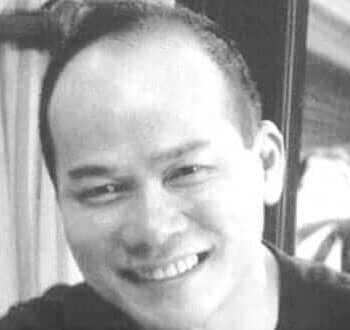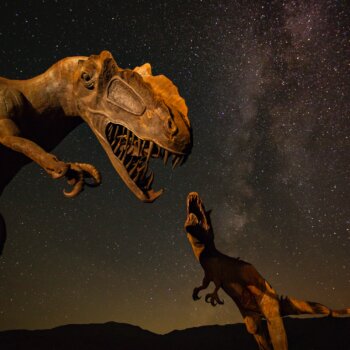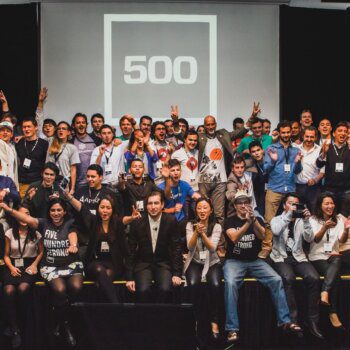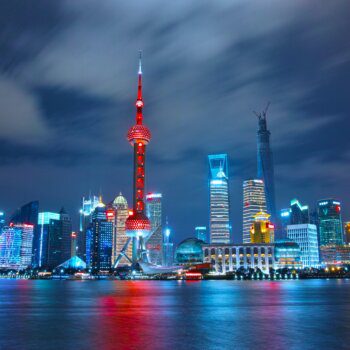Key Takeaway:
Ai Weiwei’s perspective on AI technology suggests that it might push us towards a new goal for art. The new challenge is establishing what a truly digital future of art might look like and what our human contribution to it might be. Weiwei believes that art is about freedom of expression, a new way of communication, and that it is never about exhibiting in museums or hanging it on the wall. He also suggests that art provides a distinct mode of political expression, allowing audiences to reflect on central issues while setting aside binary judgments of right or wrong. This could set a new goal for the digital art of the future.
Ai Weiwei, China’s most famous dissident and artist, has called art that can be easily replicated by artificial intelligence (AI) “meaningless”. What I find most striking about this comment is how it manages to look both backwards into the intricate corridors of art history and forwards into the uncertain future of the art world.
Does Ai Weiwei mean that AI should make us rethink our appreciation of the works of art of the past? Or is AI so powerful that it should shape the mission of future artists?
The undertones of this double challenge are familiar to philosophers of art, who have, at times, seriously entertained the claim that art can come to an end.
Exploring art’s goal
Among the most famous and influential voices are G. W. Hegel in the early 19th century and Arthur Danto in the late 20th century. Both have argued that while artworks can continue to be produced in great numbers – and perhaps even in new and exciting ways – there is a sense in which the progress of art has reached its peak.
According to their arguments, art has “ended” because it has completed its goal. This claim might seem obscure to a contemporary audience, but what both Hegel and Danto were getting at is pretty simple.

If you think about art as having some sort of innermost goal, then you can imagine that at some point in time, that goal has been attained. Art always does something in that it has an effect. An effect on the artist creating it, on its audience and ultimately on the world. But that intended overall effect can change.
Danto claimed that looking into the history of art, we can extract a narrative, or a story, about how art has achieved its goal.
The first narrative, capturing centuries of art history from classical Greek sculpture to Renaissance paintings, was focused on verisimilitude – here art’s goal was to create realistic representations of its subject.
The second of art’s narratives, Danto believed, was triggered by a crisis which came from the technological advancement brought by the camera. Since art’s first goal – of creating perfect representations – had been superseded, art needed a new one. The second goal was to enquire into what art itself could be, seeking out its own limits.
The works of various modernist artists – such as Pablo Picasso’s The Aficionado (1912) or Wassily Kandinsky’s Bustling Aquarelle (1923), up to Andy Warhol’s Brillo Boxes (1964) – could then be understood as a quest for establishing what it means for an object to be an artwork and asking: “What is the meaning of art itself?”
Writing in 1967, Danto believed that even this second goal had been fulfilled – but perhaps its repercussions haven’t quite been felt yet.
A third goal for art
This is where I think Weiwei’s new perspective is refreshing. It seems to suggest that AI technology might be pushing us towards a new goal for art. The new challenge would be establishing what a truly digital future of art might look like – and what our human contribution to it might be.
We can then ask how art can be meaningful again in our AI-shaped social worlds. And what the role of the artist should be in creating this meaning.
Philosophers of various convictions, from John Dewey to Kendall Walton, have pointed to such a solution for a long time. We can create new meaning for art by exploring new forms of expression – by doing new things with both new and old tools.
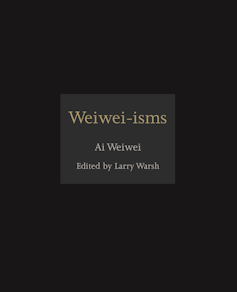
Art not only adapts to new tools and technology, it does something new with them, and in that process, it has the potential to become something new itself.
Ai Weiwei himself touches upon this in one of his quotations in his book Weiwei-isms (2012), when he says that art is: “About freedom of expression, a new way of communication. It is never about exhibiting in museums or about hanging it on the wall … I don’t think anybody can separate art from politics.”
The subtle slide here, from new forms of expression to new ways of contributing to political conversations, prompts another important question: how can art contribute to political conversations in distinctive ways?
In his new book, Artists Remake the World: A Contemporary Art Manifesto, philosopher Vid Simoniti suggests a possible answer. He claims that art provides a distinct mode of political expression which enables audiences to reflect on central issues while momentarily setting aside binary judgments of right or wrong.
Art permits engagement with political matters without imposing the burden of adopting a specific stance. It is moored to the real world, but allows also for an open-ended space where new positions can be imagined, explored and inhabited. Could AI create those artistic spaces with us, or for us? Perhaps confronting this challenge could set a new goal for the digital art of the future.



